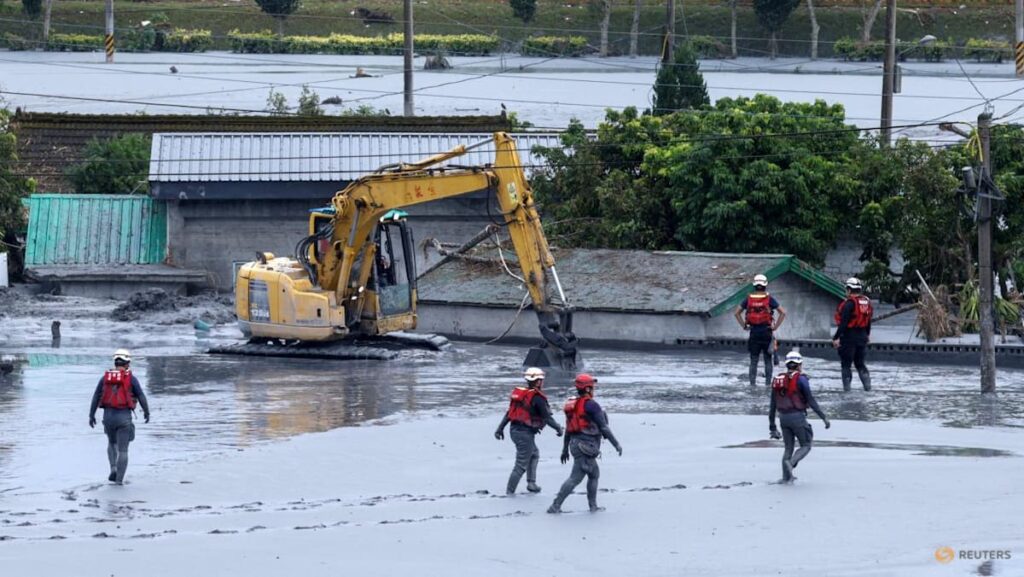SEDIMENT-FILLED FLOOD WATERS
Taiwanese disaster expert Lu Jing-chien said the flood waters were unusual for Taiwan in that they carried so much sediment.
“Perhaps they didn’t expect that the water would carry such a high sediment load with sand and mud, and come so quickly and forcefully,” said Lu, an associate professor of disaster management at Central Police University.
What to do about the barrier lake, formed by earlier typhoons and which has now shrunk in size in terms of water volume to only 8 per cent of what it was before the disaster, remains an unresolved issue.
Barrier lakes are formed when rocks, landslides or other natural blockages make a dam across a river, normally in a valley, blocking and holding back water, hindering or even stopping natural drainage.
The government has ruled out using explosives to break through the bank holding up the water, fearing it could bring more landslides and worsen the situation.
Mountainous, sparsely populated and largely rural, Hualien is one of Taiwan’s top tourist destinations due to its wild beauty.
The disaster did not affect Taiwan’s crucial semiconductor industry, located on the island’s west coast.
https://www.channelnewsasia.com/east-asia/taiwan-super-typhoon-ragasa-rescue-efforts-hualien-missing-5370771


